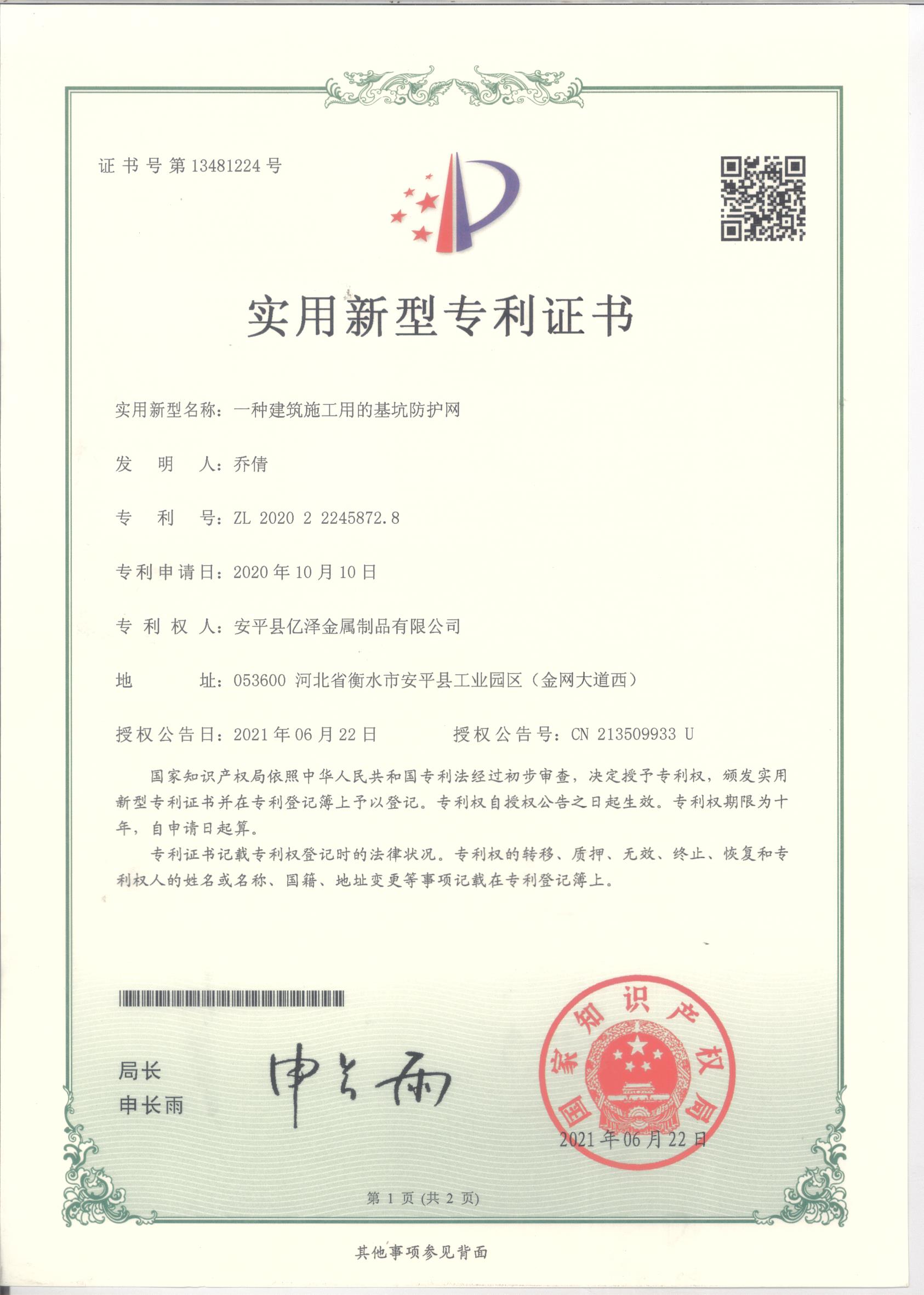high temperature exhaust fans
Sep . 21, 2024 18:17 Back to list
high temperature exhaust fans
High Temperature Exhaust Fans Ensuring Safety and Efficiency in Industrial Applications
In various industries, the control of high temperatures is crucial for both operational efficiency and safety. High temperature exhaust fans play a pivotal role in managing heat generated from processes such as manufacturing, welding, and cooking. These specially designed fans are engineered to handle elevated temperatures and are essential for maintaining comfortable working environments, protecting equipment, and ensuring the safety of personnel.
Design and Functionality
High temperature exhaust fans are constructed from materials that can withstand extreme heat, often employing heavy-duty steel or aluminum components. Unlike standard exhaust fans, these units can operate effectively at temperatures exceeding 250°F (121°C), making them ideal for environments such as foundries, bakeries, and chemical processing plants.
The primary function of these fans is to expel hot air, smoke, steam, and harmful fumes from a facility. By continuously replacing warm, stagnant air with cooler air from outside, they help to regulate overall temperature levels. This is not only important for the comfort of employees but also for the longevity of machinery and equipment, which can suffer from overheating.
Applications in Industry
In the manufacturing industry, high temperature exhaust fans are commonly utilized to expel heat generated from industrial ovens and furnaces. In food processing plants, they help to manage the heat from cooking equipment, ensuring that the environment remains safe and sanitary. In welding shops, these fans remove toxic fumes and heat generated from welding operations, protecting workers from harmful exposure.
high temperature exhaust fans

Safety Considerations
The use of high temperature exhaust fans is not merely about comfort; it is a significant safety measure. Elevated temperatures can create hazardous working conditions, including an increased risk of fire. By effectively removing hot air and potentially combustible materials from the environment, these fans help mitigate risks. Moreover, adhering to safety standards and regulations, such as those set forth by OSHA (Occupational Safety and Health Administration) and NFPA (National Fire Protection Association), is essential for compliance and worker safety.
Energy Efficiency and Innovation
Modern high temperature exhaust fans incorporate advanced technology to enhance efficiency. Variable speed motors, for example, allow for dynamic adjustments based on current temperature conditions and airflow requirements. This not only reduces energy consumption but also minimizes wear and tear on the equipment, ultimately lowering operational costs.
Furthermore, innovations in fan design, such as improved blade aerodynamics and more effective housing, enhance airflow performance. This leads to better ventilation and temperature control, contributing to a safer work environment while optimizing energy usage.
Conclusion
High temperature exhaust fans are a critical component of industrial ventilation systems. Their ability to manage high heat levels, expel harmful fumes, and contribute to overall workplace safety cannot be overstated. As industries continue to prioritize safety and efficiency, the reliance on these specialized fans will likely grow, driven by technological advancements and an ever-increasing focus on workplace safety standards. Investing in high temperature exhaust fans is not just a matter of compliance; it is a commitment to creating a safer, more efficient work environment for all employees.
-
Hot Sale 24 & 18 Door Rabbit Cages - Premium Breeding Solutions
NewsJul.25,2025
-
Automatic Feeding Line System Pan Feeder Nipple Drinker - Anping County Yize Metal Products Co., Ltd.
NewsJul.21,2025
-
Automatic Feeding Line System Pan Feeder Nipple Drinker - Anping County Yize Metal Products Co., Ltd.
NewsJul.21,2025
-
Automatic Feeding Line System - Anping Yize | Precision & Nipple
NewsJul.21,2025
-
Automatic Feeding Line System - Anping Yize | Precision & Nipple
NewsJul.21,2025
-
Automatic Feeding Line System-Anping County Yize Metal Products Co., Ltd.|Efficient Feed Distribution&Customized Animal Farming Solutions
NewsJul.21,2025






